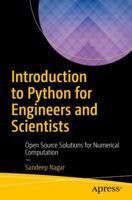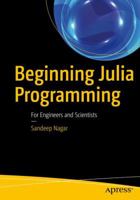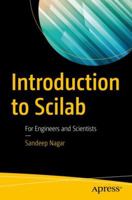Aerial Robotics with STM32F100RB Microcontroller
No Synopsis Available.
Format:Paperback
Language:English
ISBN:B096TJLK4H
ISBN13:9798517338013
Release Date:June 2021
Publisher:Independently Published
Length:82 Pages
Weight:0.23 lbs.
Dimensions:0.2" x 5.5" x 8.5"
Related Subjects
Algorithms Artificial Intelligence Computer Science Computers Computers & Technology Game Programming Games Games & Strategy Guides Genetic Graphics & Multimedia Graphics & Visualization Human Vision & Language Systems Instruments Machine Learning Music Neural Networks Performing Arts Programming Programming Languages Puzzles & Games Sports & Outdoors Video & Electronic GamesMore by Sandeep Nagar
Customer Reviews
2 customer ratings | 2 reviews
There are currently no reviews. Be the first to review this work.


























